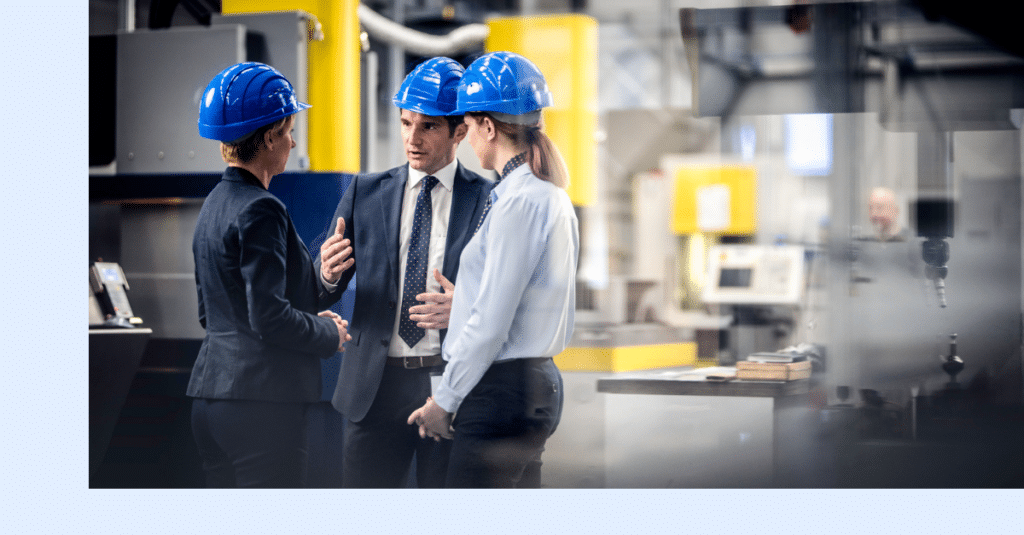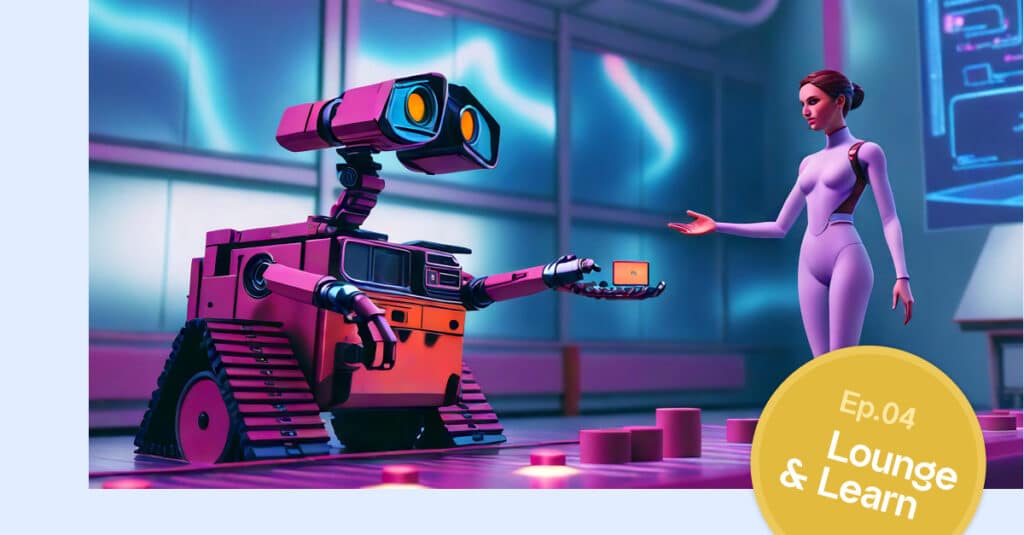
In a recent edition of the Manufacturing Meet Up podcast, hosts and industry veterans Alvaro Cuba and Ed Ballina gave a short and sweet history of how manufacturing has increasingly gotten its act together over the years – in the name of maximizing service, productivity, quality, safety, and sustainability. Let’s recap!
1) Birth Of The Production Line (Okay, Henry Ford Deserves Some Credit)
Once upon a time, a few hundred years ago, humans created industrial machines to make their lives easier. But then it took a while before they aligned different machines into production lines. “Ford did great at that with his Model Ts,” notes Alvaro Cuba. “But he did it with a fixed mentality and little innovation.”
“Every car was fine as long as it was black,” adds Ed Ballina. “And Honda actually also did the same in their early years by offering their best-selling Accord in only six colors.”
2) Output! Output! (Whatever It Takes To Win The War)
In the 1940s, the military took over the US manufacturing arena. It was all top-down, with output as a priority. It was about pumping out as many planes, ships, tanks, etcetera as possible. And this worked out rather well: the war was won.
Unfortunately, the US proved over-confident after World War II. “The US economy was not looking for new manufacturing methods,” says Ed. “They didn’t have time or interest in what a guy like W. Edwards Deming had to say about the science of statistical process control.”
It was only in the 1970s when people started to realize that the cars coming out of Detroit – with the “just get-them-out mentality” – were terrible gas guzzlers and unreliable, especially compared to the trustworthy Toyota.
3) Let’s Break This Down In The Name Of Quality And Efficiency (Reinventing The Wheel)
Meanwhile, Japan and Germany, with their bombed-out factories, had the luxury of starting with a clean slate and thinking about how they could do things differently. They listened to Mr. Deming and showed him respect. In fact, he brought his science of statistical process control, with its focus on quality and Lean, to Japan where it would later become part of the foundation for the Toyota Production System.
“It was only in the 1970s when people started to realize that the cars coming out of Detroit – with the “just get-them-out mentality” – were terrible gas guzzlers and unreliable, especially compared to the trustworthy Toyota,” observes Ed.
In other words, more people began recognizing the value of systematically increasing the efficiency of machines’ various processes and the quality of the products.
4) The Dance Begins (Enter: People)
“So, as everyone continued to figure out how all these processes worked, the next step was to figure out how to loop people in. How do we engage the shop floor? How do we go beyond the brawn of using our arms and hands to engage our brains and even our hearts to some degree?” asks Ed.
In other words, how can we teach people and machines to dance together to achieve even greater efficiencies through the power of “collaborative” work systems?
TPM was the next real evolution: taking all these processes and systems and incorporating them into one comprehensive program.
5) The System Of Continual Improvement (TPM: Holistic Approach To Perfect Production)
“So now we have quality on one side and people on the other,” Alvaro summarizes. “And we can talk about production and efficiency – and that’s great. But these efforts were still dispersed, and different methods were used.”
Enter: Total Productive Maintenance (TPM). “This was the next real evolution: taking all these processes and systems and incorporating them into one comprehensive program,” says Alvaro. “It doesn’t matter if it’s eight or eleven – use whatever pillars you want. But it should include basics like culture, training, people, safety. quality, maintenance and all the production. And it should be put together so that you can start and follow a process, to get from phase zero to phase four, and see the evolution.”
From here, you can expand beyond the factory walls to engage and incorporate suppliers, procurement, the supply chain, customers, and consumers.
6) Bringing The Ecosystem Together (Beyond The Factory Walls)
“It’s all been about building blocks,” says Ed. “We started with pretty basic things. We need to get the equipment running well and get our quality where it needs to be. Then, it’s about: How do we integrate people? How do we create these high-performance work systems and great cultures? And then, how do we expand that towards our suppliers and our customers? With better forecasting systems, we can improve our customer delight and order fulfillment.”
And as a result: “It starts looking like end-to-end supply chain optimization.” And by having everyone’s systems talking with each other, there will be fewer surprises for suppliers and customers. And we can move from just-in-time to exactly-on-time.
So here we are. And the future is now.
What is your current status in the plant? Do you have a strong 5S foundation and are following a TPM program? Do you already have any preventative maintenance programs already in place? Are you engaging the workforce to join the reliability journey?
7) Welcome To The Future (Onward and Upward With Industry 4.0)
“We still have a long way to go, but you start to see the components of the next generation,” says Alvaro. “And that’s Industry 4.0. – with smart manufacturing, digital SCH, and an ecosystem approach – which basically blurs the boundaries between the physical, the digital, and the biological worlds.”
Namely, emerging technologies such as AI, faster communications, Internet of Things (IoT), virtual reality, and robotics can add another layer to improve the performance of machines, people, and processes. “We can put all that together and even predict what will happen next,” says Alvaro. “The opportunities are huge. And there’s much more to come in the future.”
“But first, you need to understand where you are now,” notes Ed. “What is your current status in the plant? Do you have a strong 5S foundation and are following a TPM program? Do you already have any preventative maintenance programs already in place? Are you engaging the workforce to join the reliability journey?”
If not, it’s time to train your people, improve your process, and then automate. Only then can you start claiming your own space in manufacturing’s history – and future.
Listen/watch the full episode of Manufacturing Meet-Up: ‘Zero Waste, TPM, and 5S’.




